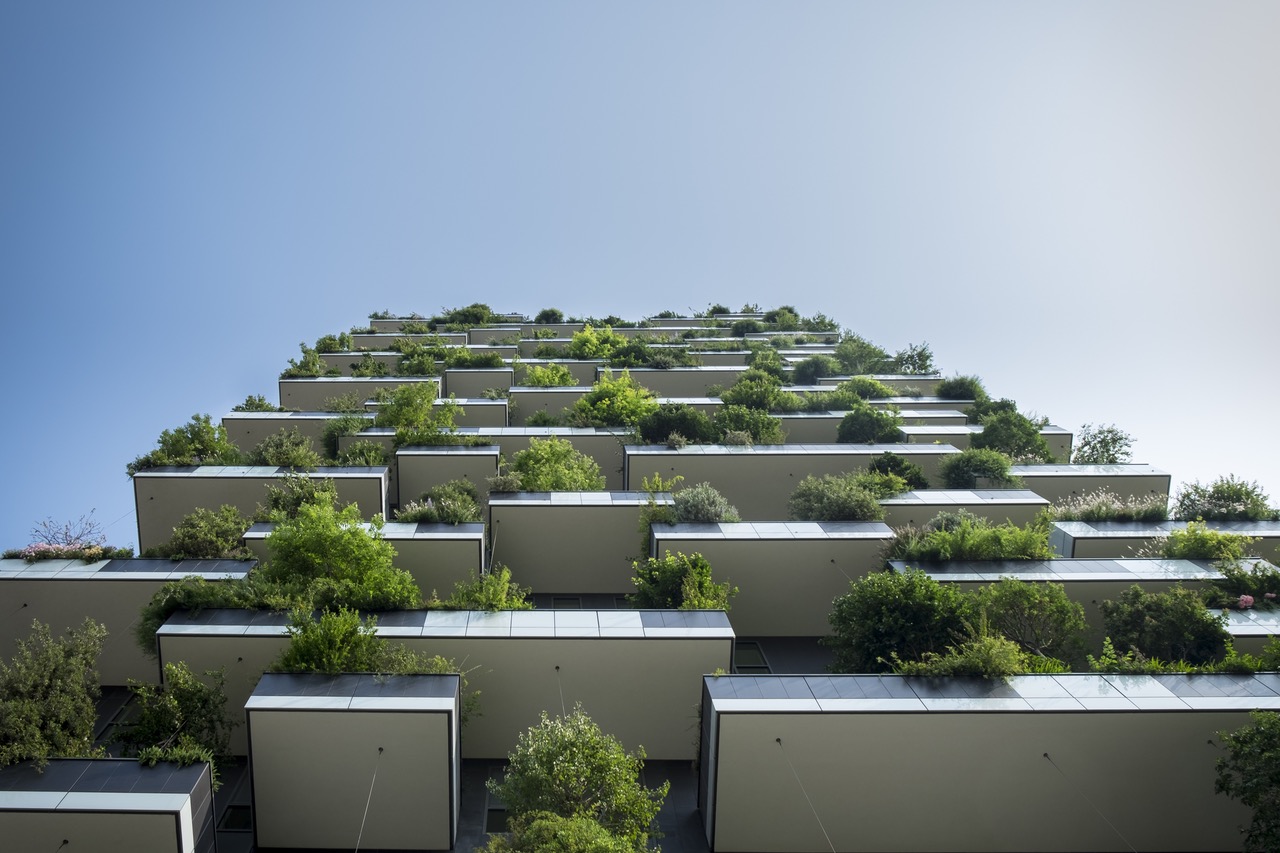-

-

+91 78295 54411
- Enquire Now


 +91 78295 54411
+91 78295 54411

It is an innovative and highly productive growing system that uses bottom-up and top-down supports for a wide variety of plants in both small and large garden spaces. Plants are grown in an upward-directed, vertical way, thus making optimal use of the existing space. A vertical garden, or a green wall can be attached to the exterior or interior of a building. It differs from a green façade in that the plants root in a structural support that is fastened to the wall itself. They receive water and nutrients from within the vertical support instead of from the ground.
Vertical gardens provide several aesthetic, economic, physiological and environmental benefits. A vertical garden enables you to maximise and fully utilize limited space, especially in congested urban areas.
Here are some other benefits of a green wall:
Food security: Vertical gardening is an excellent method of growing food in areas where space is limited. The different vertical garden technologies provide effective, simple and sustainable methods of growing fruits, vegetables and herbs, thus enhancing food security for urban communities and populations that face lack of agricultural spaces.
Improvement of air quality: Vertical gardens improve both indoor and outdoor air quality by removing harmful VOCs (volatile organic compounds) and absorbing pollutants. Growing plants vertically, even in compact spaces such as windowsills, balconies, front entrances, and so forth, makes an appreciable difference to the air that you breathe in.
Thermal insulation: Green walls provide insulation to buildings, so there is less demand for power to heat or cool them. A vertical garden keeps a building cool in summer and warm in winter, thus enabling you to save electricity.
Aesthetic benefits: Vertical gardens enable you to maximise limited space and reclaim disregarded space. A green wall can transform empty space into aesthetically pleasing and creatively stimulating eye candy.
Vertical gardens are catching the fancy of developers around the world. Several such projects have already sprung up in countries such as Italy and Mexico. Italian architecture firm Stefano Boeri Architetti is now planning to create a vertical garden in Nanjing, China. Two towers laden with greenery, which will be known as the Nanjing Green Towers, will be erected by the firm. Due to be completed in 2018, the towers will absorb carbon dioxide and dust, and release oxygen into the air.
In India, a vertical garden has been created in Bangalore city on Hosur Road Electronic City Flyover, where over 3,500 saplings of 10 different species have already been planted. Each side of the garden has a unique design. The vertical garden will help reduce the Urban Heat Island effect, cut smog, purify the air, act as a sound-proofing barrier, and create a healthy habitat for birds and insects.
Assetz Property Group, provides ample outdoor space for supporting vertical gardens. The projects designed are ideal for creating layered gardens, not just on walls, but also on window sills, balconies, terraces, and other imaginatively created nooks and crannies.
Vertical gardens are bound to become more and more popular in the times to come; in fact, they might well become necessities.
References: